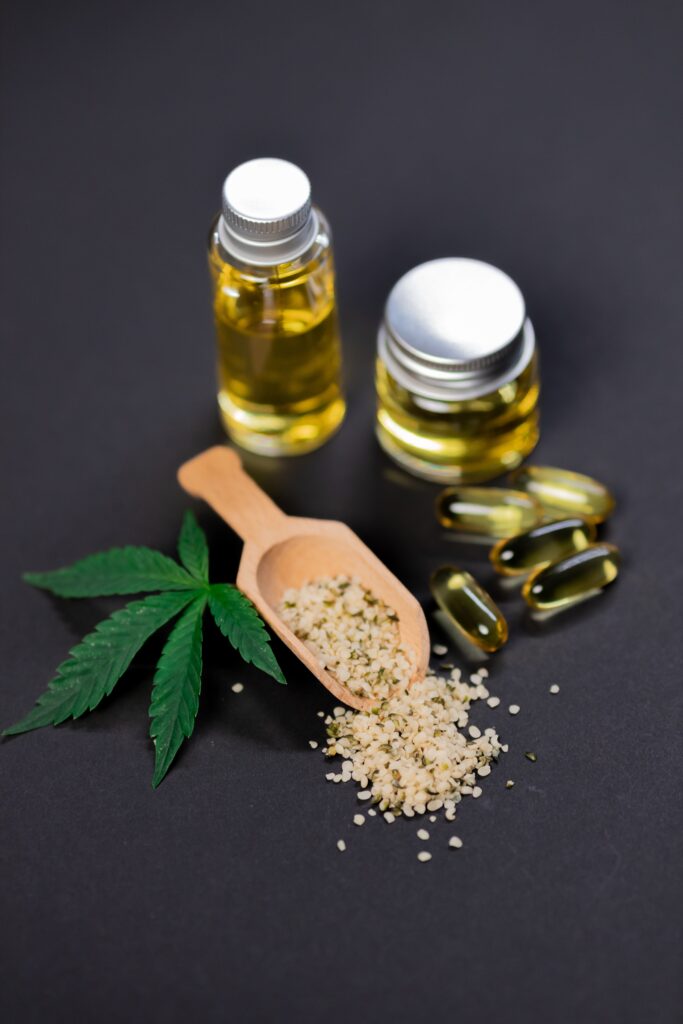The impact of medical and recreational cannabis dispensaries is a growing trend in the U.S. This is because of the many benefits both dispensaries offer consumers. While it is still illegal to purchase or consume marijuana in most states, recreational and medical marijuana dispensaries allow people to enjoy the benefits of the plant without the hassle of dealing with a black market. The government needs to take a closer look at both dispensaries’ impact on consumers’ health and how they affect the environment.
Education and labeling
The U.S. has a growing legal market for medicinal and recreational cannabis. With this, there is a need for concise information on cannabis potency. This information would help consumers of dispensary near me make informed choices at the point of purchase. It also may play a role in regulatory decisions.
A recent study compared the THC and CBD content of several products available in legal and illegal markets. It found that the average THC concentration advertised online was similar to that of products in the recreational market.
The highest quality evidence for marijuana as a treatment has yet to be uncovered. The knowledge gap will continue if federal regulations bar future research.
Expansion of marijuana use
The debate over the medical and recreational use of marijuana has been long and intense. The issue has been based on ethical principles and scientific research.
There are numerous benefits of medical marijuana. It has been shown to help alleviate chemotherapy-related nausea and help patients withstand conventional treatments better. In addition, it can ease muscle spasms in those with multiple sclerosis.
However, it’s important to note that marijuana does have its drawbacks. It can cause some loss of coordination and adversely affect your reaction time. It may also reduce your immediate memory.
Nonetheless, the benefits of medical marijuana outweigh its disadvantages. It can also be used safely in controlled environments. It is often prescribed as a supplemental treatment for those who have failed to respond to other therapies.
Employers should review numerous state laws before establishing a drug-testing policy. It includes anti-discrimination laws, as well as those about the use of marijuana while off-duty.
Evidence of cannabis use increases the odds of psychotic disorder
Various factors affect the manifestation of psychotic disorders. Genetics and environmental factors play a significant role. The onset of psychosis can be early or late, and the severity of symptoms can vary.
Studies looking at marijuana and psychosis are often complicated. They must follow participants over time and consider the effects of multiple risk factors, including genetics.
Several studies suggest that cannabis use may increase the odds of developing a psychotic disorder. However, it’s unclear whether it increases symptoms. A 2007 study found that abstinence from cannabis caused a significant drop in symptoms.
A 2009 study found a correlation between high-THC weed and psychosis. It found that cities that have easy access to high-THC cannabis have higher rates of new diagnoses of psychosis.
Another study found that patients with schizophrenia who used cannabis experienced more significant negative symptoms. It may be because the drug wears off, and as the effects of the substance diminish, so do symptoms.

